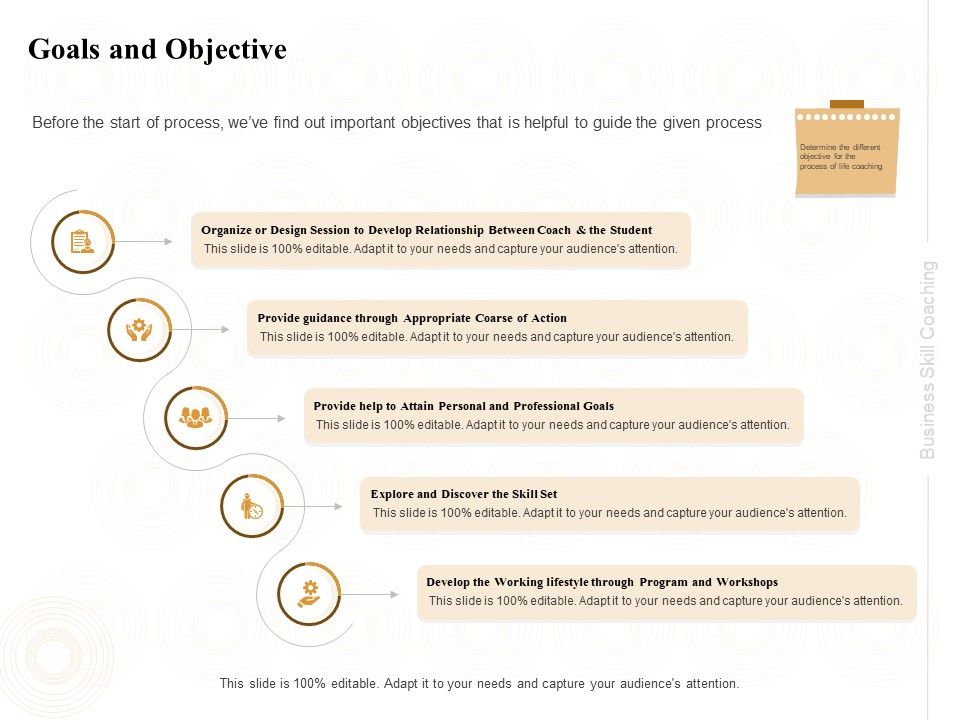Are you tired of feeling like a one-trick pony when it comes to your guitar solos? Do your fingers fumble and stumble over the same tired scales, leaving you stuck in a musical rut? Fear not, aspiring shredders and strummers, for the keys to unlocking your full potential as a soloist are within reach! This comprehensive guide to mastering guitar scales will have you wailing and wowing crowds with your musical prowess in no time. So dust off that axe, tune up, and get ready to embark on a journey to scale mastery like never before. Let’s rock and roll, baby!
Contents
- 1 Understanding the Structure of Guitar Scales
- 2 Exploring Major and Minor Scales for Guitar
- 3 Techniques for Efficient Scale Practice
- 4 Incorporating Scales into Your Soloing Arsenal
- 5 The Role of Modes in Guitar Soloing
- 6 Navigating Advanced Scales and Their Applications in Modern Music
- 7 Connecting Theory with Practice for Guitar Mastery
- 8 FAQs
- 9 Rock on and Keep Shredding!
Understanding the Structure of Guitar Scales
So, you wanna shred like a rock god or serenade your crush with some sweet tunes on the guitar? Well, my friend, you’ve come to the right place because today we’re diving deep into the mysterious world of guitar scales.
First things first, let’s talk about the anatomy of a scale. Scales are like the building blocks of music – they’re the secret sauce that gives your guitar playing that extra oomph. Each scale is made up of a series of notes that follow a specific pattern, giving it a distinct sound and feel. Think of scales as the ingredients in a recipe, and your guitar playing as the delicious dish you’re cooking up.
Now, here’s where things get a little tricky (but don’t worry, I’ll break it down for you in simple terms). Scales are made up of whole steps and half steps, which are like the secret codes that unlock the magic of music. A whole step is like taking a giant leap from one note to another, while a half step is just a baby step. By combining these whole and half steps in a specific order, you create the unique sound of a scale.
So, next time you pick up your guitar, take a moment to appreciate the beauty and complexity of scales. They may seem like just a bunch of notes on a page, but trust me, once you understand the structure of guitar scales, the possibilities are endless. Who knows, you might just be the next guitar hero in town!

Exploring Major and Minor Scales for Guitar
So, you wanna learn about major and minor scales for guitar, huh? Well, buckle up, my friend, because we’re about to dive into the wild world of music theory!
First off, let’s talk about major scales. Think of these as the happy, sunshine-y scales that make you want to dance around like nobody’s watching. In a major scale, the intervals are arranged in a specific pattern that gives it that cheery, uplifting sound. And hey, if you’re feeling extra fancy, you can bust out some major scale arpeggios to really spice up your playing.
Now, on to the minor scales. These bad boys are like the moody teenagers of the musical world – all brooding and emotional. Minor scales have a different pattern of intervals that give them that dark, mysterious vibe. Want to convey some deep, heartfelt emotion in your playing? Minor scales are the way to go, my friend.
So, grab your guitar, pick a scale – major or minor, your choice – and start practicing those fingerings. Before you know it, you’ll be shredding like a rock god and impressing all your friends with your newfound musical knowledge. Who knows, maybe you’ll even start your own band and take the world by storm. Rock on, my fellow guitar enthusiasts!

Techniques for Efficient Scale Practice
So you want to master the art of efficient scale practice, huh? Well, buckle up buttercup, because I’ve got some tips that will have those fingers flying up and down the fretboard like lightning!
First things first, set yourself up for success by creating a dedicated practice space free from distractions. No, this does not mean locking yourself in a soundproof room (although that would be pretty cool). Just find a cozy spot where you can focus and let the magic happen.
Next, you gotta start slow and gradually increase your speed. It’s like training for a marathon, except instead of pounding the pavement you’re shredding on the guitar. Use a metronome to keep your timing in check and watch those scales come to life.
Remember, practice makes perfect – but don’t forget to have some fun along the way! Experiment with different techniques, try out some new scales, and don’t be afraid to make mistakes. After all, Rome wasn’t built in a day, and neither is a guitar god!

Incorporating Scales into Your Soloing Arsenal
When it comes to shredding on your guitar, is crucial. But let’s face it, scales can be as confusing as trying to figure out which way is up in a spinning mosh pit. Fear not, fellow ax wielders, because I’m here to break it down for you in a way that even your grandma could understand (well, maybe).
First things first, let’s talk about the mother of all scales – the pentatonic scale. This baby has been used by guitar gods throughout the ages to melt faces and induce involuntary head banging. Mastering the pentatonic scale is like unlocking the cheat codes to the guitar universe. So, grab your axe, buckle up, and get ready to rock those five magical notes like it’s nobody’s business.
Next up, let’s talk about the blues scale. If you’re feeling a little extra spicy and want to add some soulful flavor to your solos, the blues scale is your best friend. It’s like a piping hot plate of chicken wings on a Sunday afternoon – saucy, satisfying, and oh-so delicious. So, loosen up those fingers and get ready to channel your inner Stevie Ray Vaughan as you navigate through the juicy blues scale.
And let’s not forget about the harmonic minor scale. This bad boy is like the fancy wine of scales – a little exotic, a little mysterious, and guaranteed to make you feel all sophisticated and stuff. So, if you’re in the mood to spice things up and add a touch of class to your solos, the harmonic minor scale is the way to go. Just be prepared to have all the other guitarists at the jam session green with envy.

The Role of Modes in Guitar Soloing
When it comes to guitar soloing, modes are like the secret spices in your favorite dish – they add flavor, depth, and complexity to your playing. Each mode has its own unique sound and feel, and learning how to use them effectively can take your solos from bland to brilliant in no time.
One of the coolest things about modes is that they allow you to explore different tonalities and moods within a single key. By shifting your focus to a different mode within the same key, you can create contrast and build tension in your solos, keeping your listeners on the edge of their seats. It’s like having a whole rainbow of colors to paint with instead of just sticking to black and white.
So how do you incorporate modes into your soloing? Start by familiarizing yourself with the different modes and their unique characteristics. Experiment with playing scales and licks in each mode to get a feel for their distinct sounds. Then, try incorporating these modes into your solos by switching between them to add variety and interest.
Remember, using modes in your guitar solos is all about experimentation and creativity. Don’t be afraid to break the rules and try out new things – you never know what magic you might discover along the way!
So you’ve mastered the basic scales and you’re ready to take your music to the next level by exploring advanced scales. Congratulations, you’re about to embark on a musical journey that will open up a world of possibilities!
One of the most popular advanced scales is the harmonic minor scale. This scale adds a unique flavor to your music with its distinct raised seventh degree. It’s perfect for creating tension and drama in your compositions, making it a favorite among modern music producers.
Another advanced scale worth exploring is the whole tone scale. This scale is made up entirely of whole steps, giving it a dreamy and otherworldly sound. It’s often used in jazz and avant-garde music to create a sense of ambiguity and mystique.
Don’t forget about the melodic minor scale! This scale is unique because it has different ascending and descending forms. The ascending form raises the sixth and seventh degrees, while the descending form reverts back to the natural minor scale. It’s a versatile scale that can be used in a variety of musical contexts, from classical to metal.
Connecting Theory with Practice for Guitar Mastery
So you’ve spent hours poring over guitar theory books, memorizing scales, and practicing chord progressions until your fingers are blistered. But how do you take all that knowledge and actually apply it to your playing? It’s time to bridge the gap between theory and practice and finally achieve guitar mastery!
Forget about just mindlessly running through scales and exercises. It’s time to get creative and start incorporating theory into your actual playing. Here’s how:
- Experiment with different scales: Instead of always defaulting to the trusty old pentatonic scale, try branching out and incorporating modes like Dorian or Mixolydian into your solos. You’ll be surprised at the unique sounds you can create!
- Apply chord theory to your songwriting: Understanding how chords work together can take your songwriting to the next level. Experiment with different progressions and inversions to add depth and complexity to your compositions.
Remember, practice makes perfect, but applying theory to your playing is what will truly set you apart as a guitar master. So grab your guitar, crank up the amp, and start connecting theory with practice like never before!
FAQs
Is it really necessary to learn scales to be a great guitar soloist?
Absolutely not! You could always just play the same three chords over and over again. Who needs variety, right?
How many scales should I learn to become a master soloist?
Just one – the ”I Don’t Care” scale. Just kidding! The more scales you learn, the more tools you have in your musical toolbox.
Why do guitar scales matter for soloists?
Well, imagine trying to cook a delicious meal with only salt and pepper. Scales add flavor, variety, and depth to your solos.
Do I really need to practice scales every day?
Only if you want to get better at guitar. It’s like asking if you need to eat healthy to stay fit – it’s kind of a no-brainer.
What’s the best way to practice guitar scales?
Some say in your sleep, but we recommend actually playing your guitar while awake. Repetition and consistency are key!
Rock on and Keep Shredding!
Congratulations, fellow guitarists! You have now embarked on the epic journey of mastering guitar scales. So go forth, unleash those blistering solos, and dazzle your audience with your newfound skills. Remember, practice makes perfect, so keep jamming and keep shredding those scales like a boss. Rock on!


